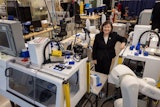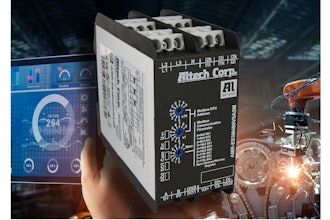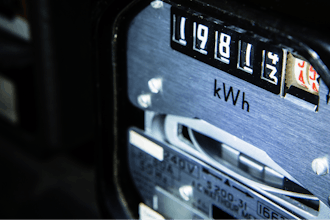Ulsan, South Korea, May 30, 2013 -- A hybrid transparent and stretchable electrode could open the new way for flexible displays, solar cells, and even electronic devices fitted on a curvature substrate such as soft eye contact lenses, by the UNIST(Ulsan National Institute of Science and Technology) research team.
Transparent electrodes are in and of themselves nothing all that new – they have been widely used in things like touch screens, flat-screen TVs, solar cells and light-emitting devices. Currently transparent electrodes are commonly made from a material known as indium tin oxide (ITO). Although it suffices for its job, it's brittle, cracking and losing functionality if flexed. It also degrades over time, and is somewhat expensive due to the limited quantities of indium metal.
As an alternative, the networks of randomly distributed mNWs have been considered as promising candidates for next-generation transparent electrodes, due to their low-cost, high-speed fabrication of transparent electrodes.
However, the number of disadvantage of the mNW networks has limited their integration into commercial devices. They have low breakdown voltage, typically high NW-NW junction resistance, high contact resistance between network and active materials, material instability and poor adhesion to plastic substrates.
UNIST scientists here, combined graphene with silver nanowires to form a thin, transparent and stretchable electrode. Combining graphene and silver nanowires in a hybrid material overcomes weakness of individual material.
Graphene is also well known as good a candidate for transparent electrode because of their unique electrical properties and high mechanical flexibility. However, scalable graphene synthesis methods for commercialization produces lower quality graphene with individual segments called grains which increases the electrical resistance at boundaries between these grains.
Silver nanowires, on the other hand, have high resistance because they are randomly oriented like a jumble of toothpicks facing in different directions. In this random orientation, there are many contact between nanowires, resulting in high resistance due to large junction resistance of nanowires. Due to these drawbacks, neither is good for conducting electricity, but a hybrid structure, combined from two materials, is.
To continue reading the full article, click here to visit our partner publication, PD&D.























